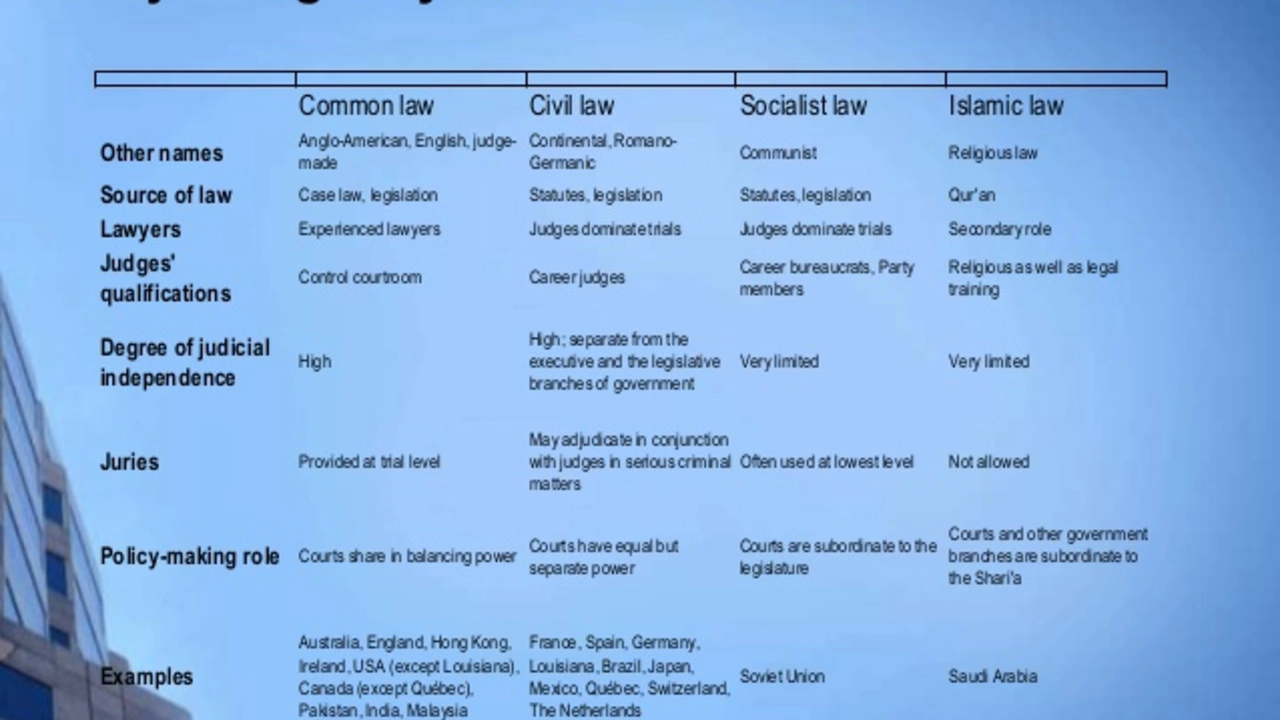Weakest Union in Sports – What It Means and Why It Matters
When talking about weakest union, the sports group with the lowest bargaining power, often reflected in limited contract leverage and weak media deals. Also known as least powerful players' association, it sets the stage for how athletes negotiate pay, benefits and working conditions. The concept ties directly to collective bargaining, the process where leagues and player groups hash out salary caps, health plans and revenue sharing, and to player salary, the actual earnings that reflect the strength of that bargaining power. It also overlaps with sports streaming, the distribution of games online that often brings extra revenue to stronger unions.
One clear sign of a weak union shows up in salary disparity. WNBA players, for example, routinely head overseas to earn up to twelve times more than at home because their domestic union can't secure comparable deals. That same pattern appears when college athletes quit a sport and lose scholarship money – the lack of a strong union leaves them exposed to abrupt financial loss. In both cases, the underlying issue is the same: limited collective bargaining power that fails to protect members from market fluctuations.
Key Factors Behind a Weak Union
First, media rights ownership matters a lot. The Ryder Cup streaming guide demonstrates how fans scramble for free options when a league's union can't negotiate affordable broadcast packages. Strong unions usually lock in lucrative TV contracts that trickle down to players as higher wages and better benefits. When the union is weak, fans and athletes both feel the pinch – either paying higher prices or watching on shaky streams.
Second, brand visibility influences bargaining strength. High‑profile events like the Super Bowl attract younger viewers, but if a league’s union can't address controversies or adapt to digital habits, viewership drops. That decline hurts advertising revenue, which in turn weakens the union’s leverage in future negotiations. The younger audience’s shift to streaming also shows why a solid union needs to own the rights, not just rely on third‑party platforms.
Third, internal cohesion plays a role. Teams that share the same name across different leagues can cause brand confusion, reducing the collective market value of the players involved. When a union can’t coordinate a unified branding strategy, sponsors see less return on investment, and the financial muscle of the union stays small.
Fourth, historical success can tip the balance. Texas’ 2006 national championship gave its athletes a platform that boosted the university’s negotiating stance with the NCAA. A weak union lacks such leverage, leaving its members with fewer safety nets when they decide to leave a sport or face injuries.
All of these pieces intersect in real‑time data ecosystems too. Platforms that deliver live play‑by‑play stats, like Sportradar or Flashscore, often partner with leagues that have strong unions. Those unions can demand data fees that fund player welfare programs. When the union is weak, the league may sell data cheaply, leaving less money to flow back to the athletes.
Finally, the talent pipeline matters. Draft prospects watching the Carolina Panthers’ Super Bowl hopes might weigh how a strong players' association can protect them in contract negotiations. If the union’s bargaining power is thin, top talent may look elsewhere, further eroding the league’s competitive edge.
Putting it all together, the weakest union is more than just a low‑pay situation. It’s a web of media rights, brand clarity, historical leverage, data revenue and talent retention. Below you’ll find articles that dive into each of these angles – from streaming hacks for the Ryder Cup to the salary dynamics that push WNBA stars abroad. These pieces show how the strength, or lack thereof, of a union ripples through every corner of the sports world.
Why is the NFLPA the weakest union of the four major sports?
In my latest piece, I explore why the NFLPA (National Football League Players Association) is often considered the weakest union among the four major sports. It's been widely debated that they have less bargaining power and economic stability compared to their counterparts. This is partially due to non-guaranteed contracts and shorter career spans that NFL players face, which limit their negotiating leverage. Furthermore, the union's difficulty in achieving pension and healthcare benefits on par with other sports unions is a glaring issue. It's a complex situation that requires a deep dive to fully understand.
